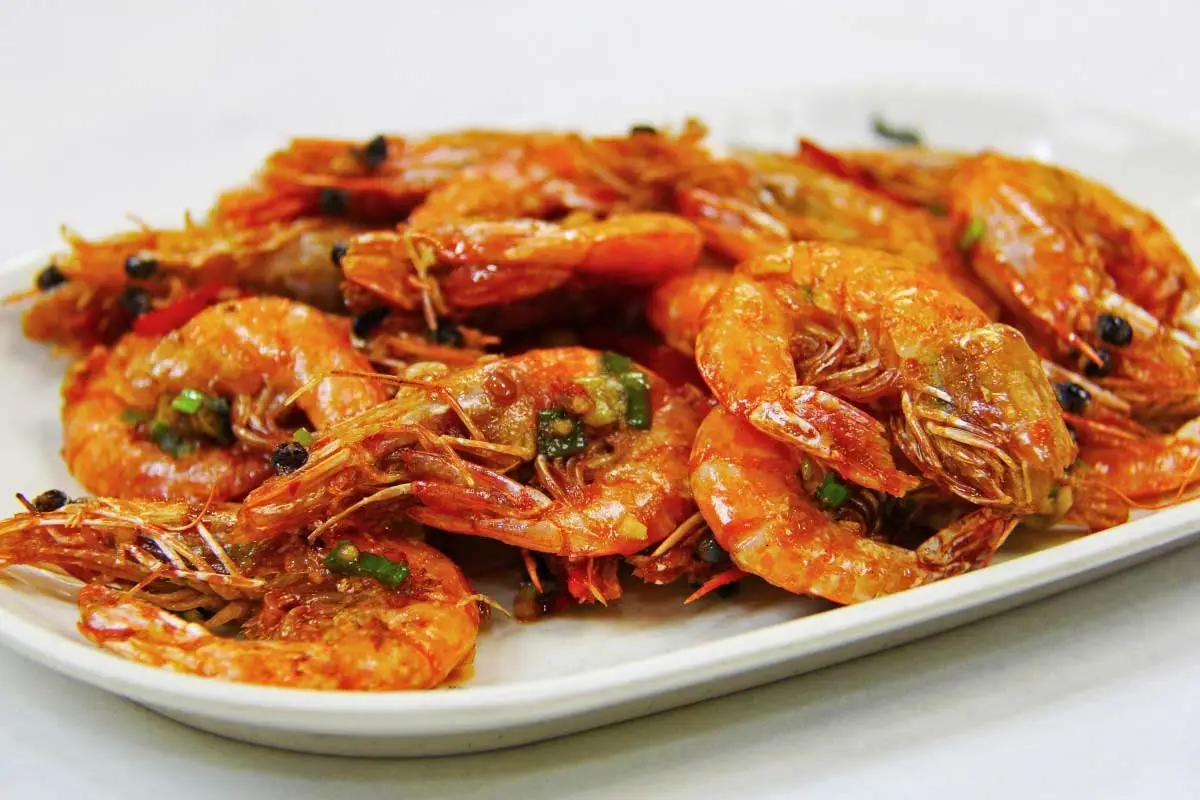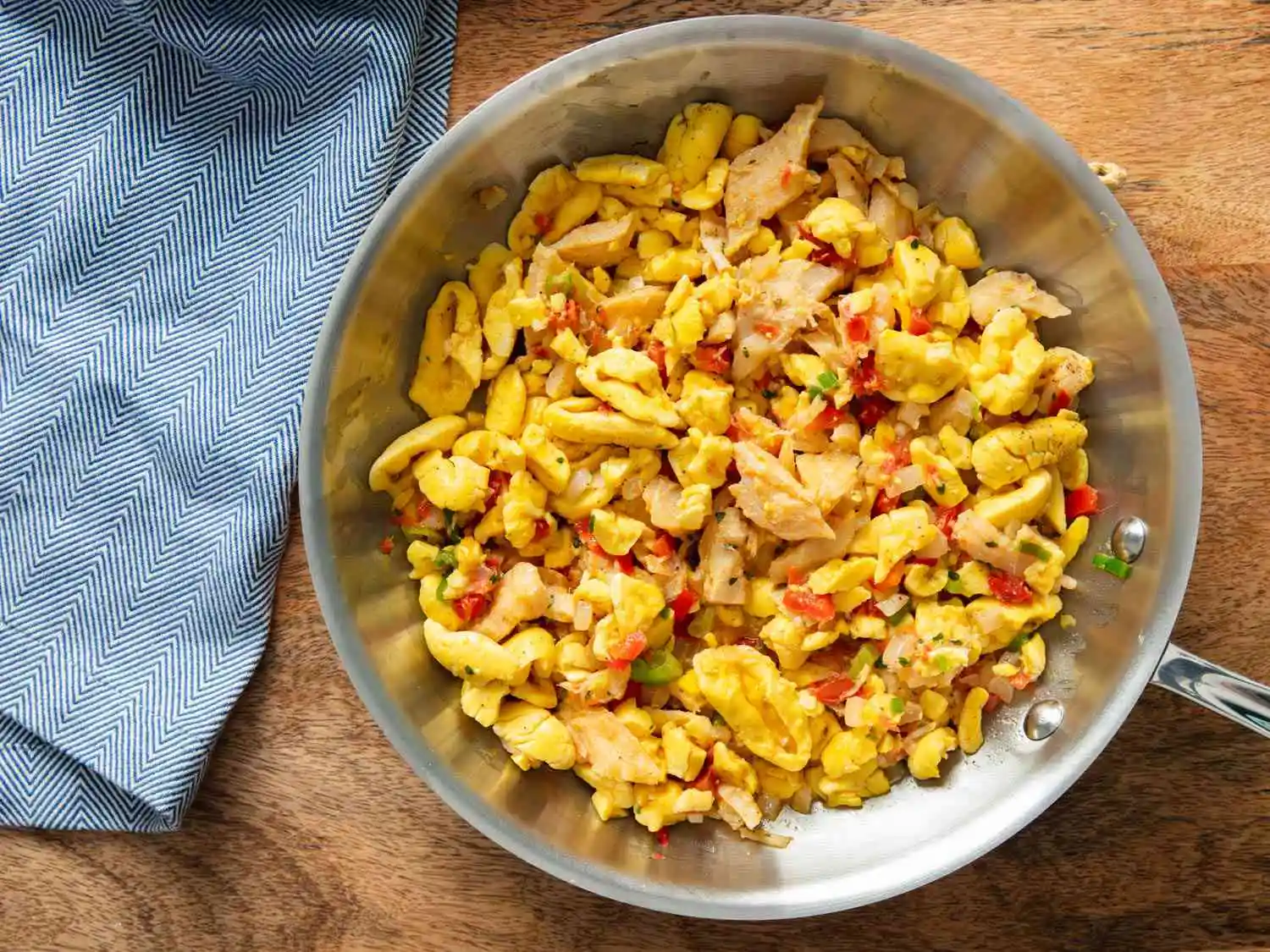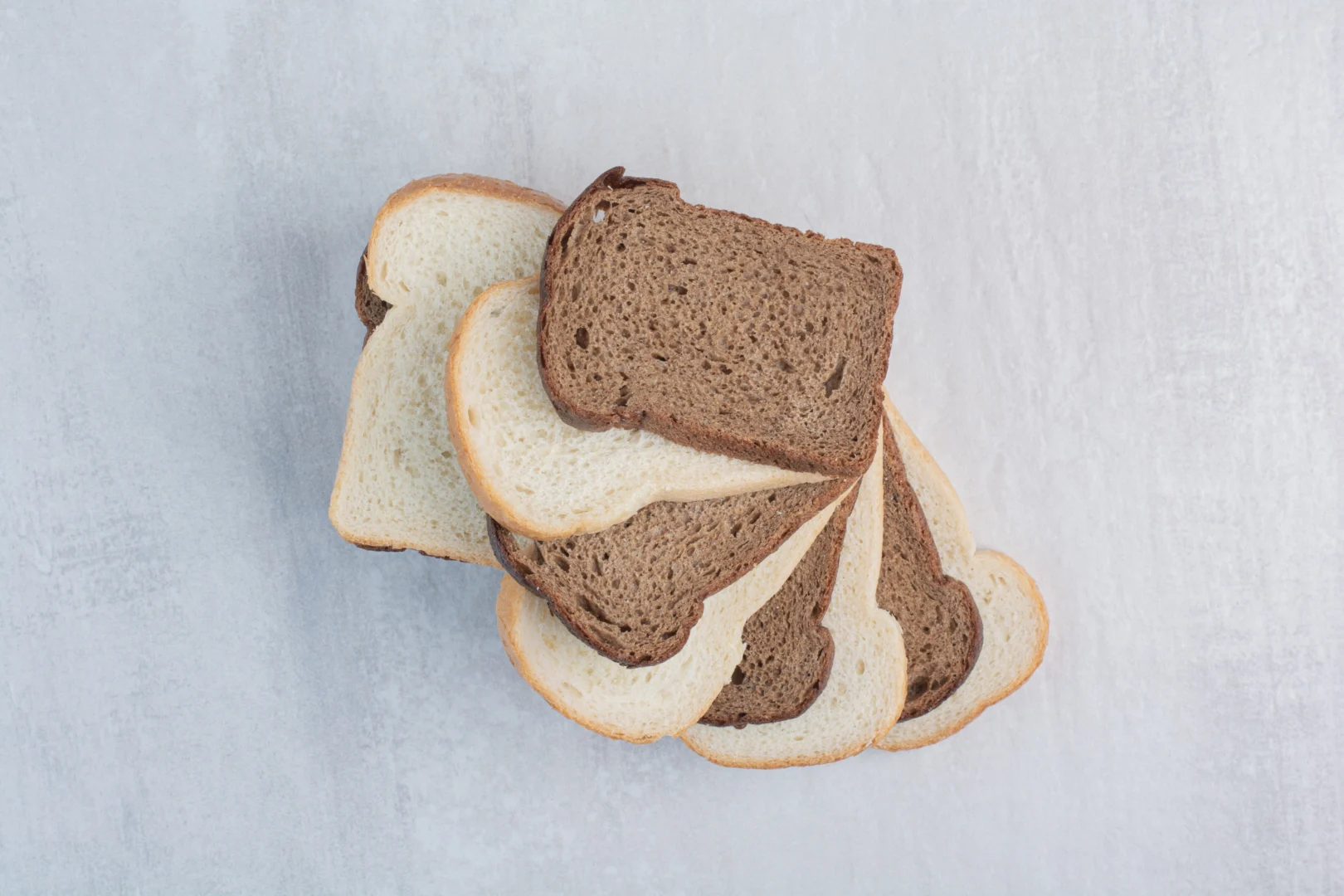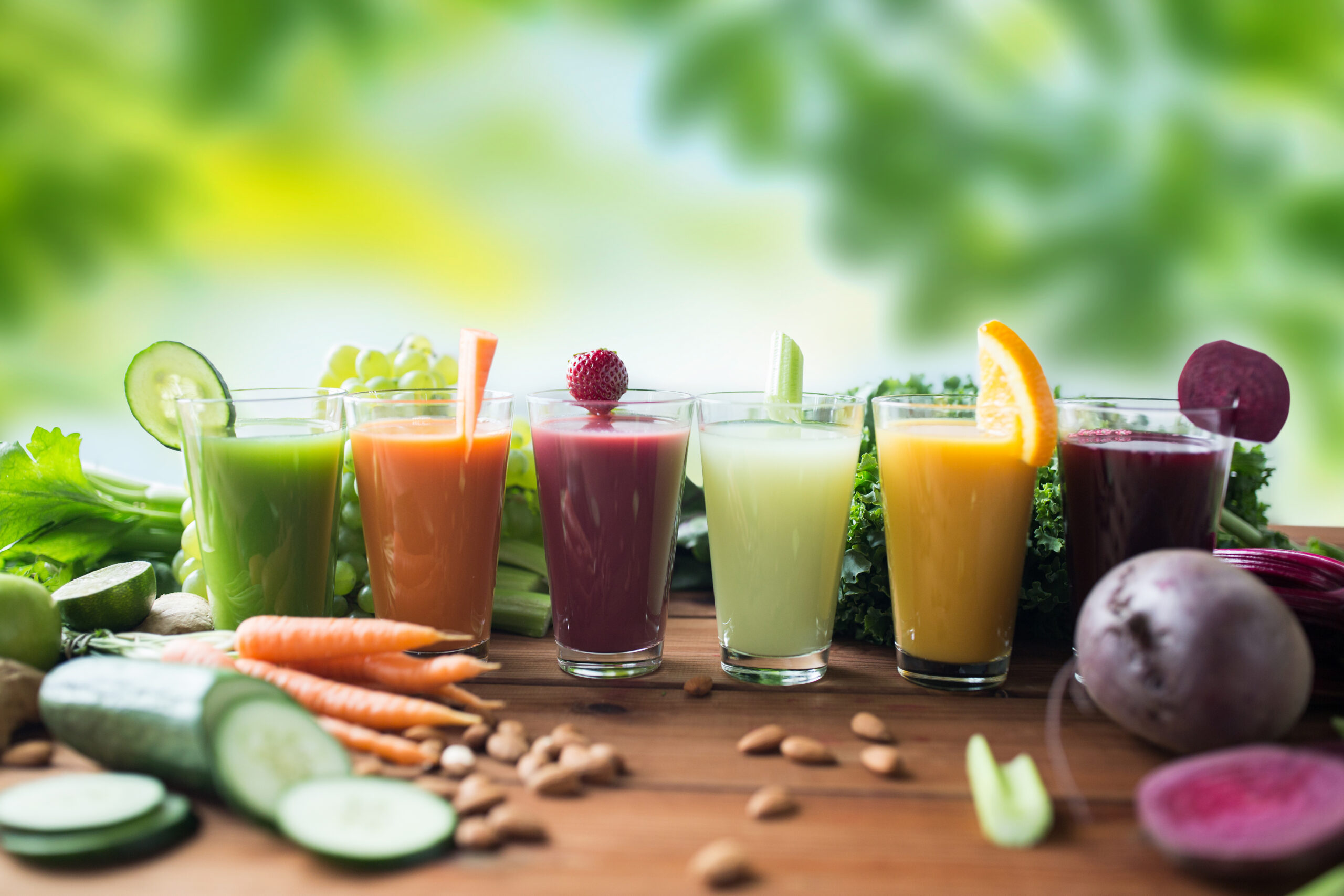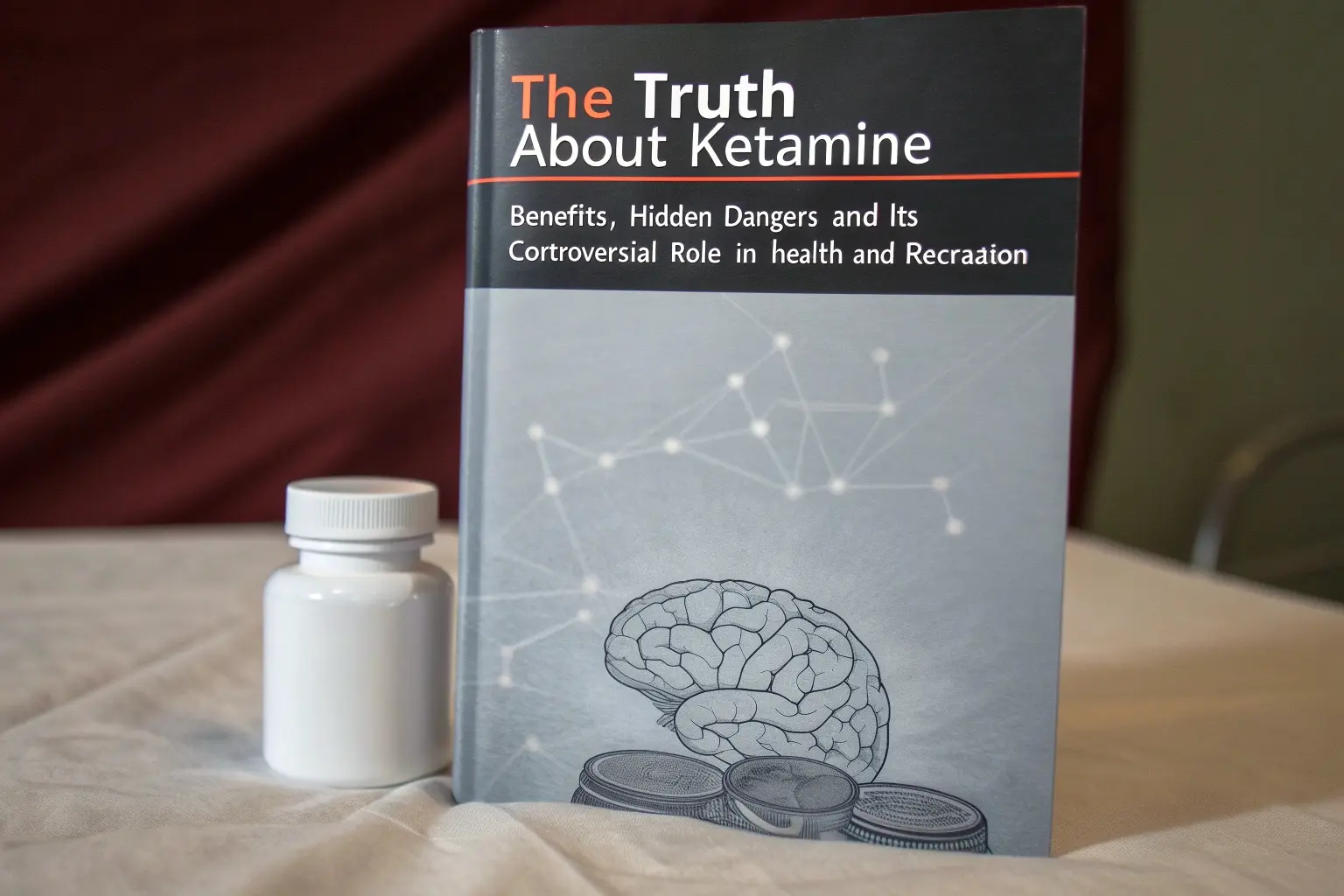What Is the Healthiest Diet in the World? Here’s What I’ve Learned (and What I Eat Now)
If you’ve ever Googled “the healthiest diet in the world,” you know what happens next: a black hole of conflicting advice. Keto, Mediterranean, plant-based, paleo, blue zones, raw vegan, ancestral
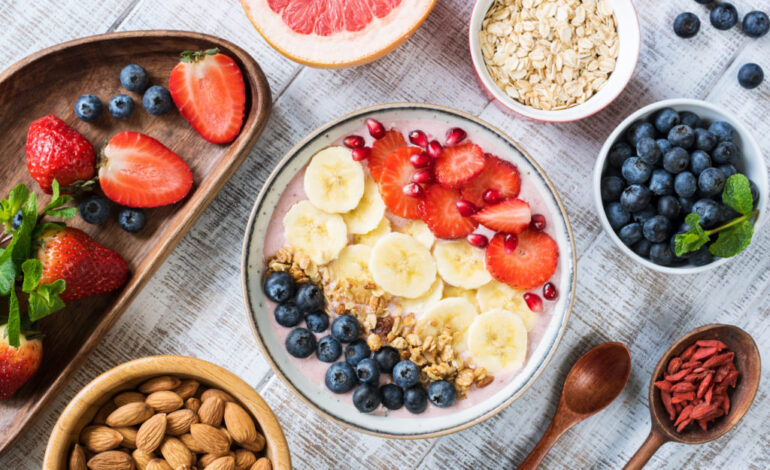
If you’ve ever Googled “the healthiest diet in the world,” you know what happens next: a black hole of conflicting advice. Keto, Mediterranean, plant-based, paleo, blue zones, raw vegan, ancestral — you name it, I’ve read about it, tried parts of it, or watched a friend swear by it. Along the way, I began to realize how much of this confusion comes from chasing trends instead of building healthy eating habits that actually last.
And after years of research, interviews, food journaling, and even a few digestive disasters, I’ve landed on something I never expected:
There’s no single “best” diet for everyone.
But there is a common thread among the healthiest people on Earth — and it might change the way you think about eating.
What Can Blue Zones Teach Us About the World’s Healthiest Diets?
When scientists talk about the world’s healthiest diets, they often look at Blue Zones — regions where people live the longest, healthiest lives. These include:
- Ikaria, Greece
- Sardinia, Italy
- Okinawa, Japan
- Nicoya Peninsula, Costa Rica
- Loma Linda, California (yes, even in the U.S.)
These communities eat very differently — but they share a few core dietary values that stood out to me.
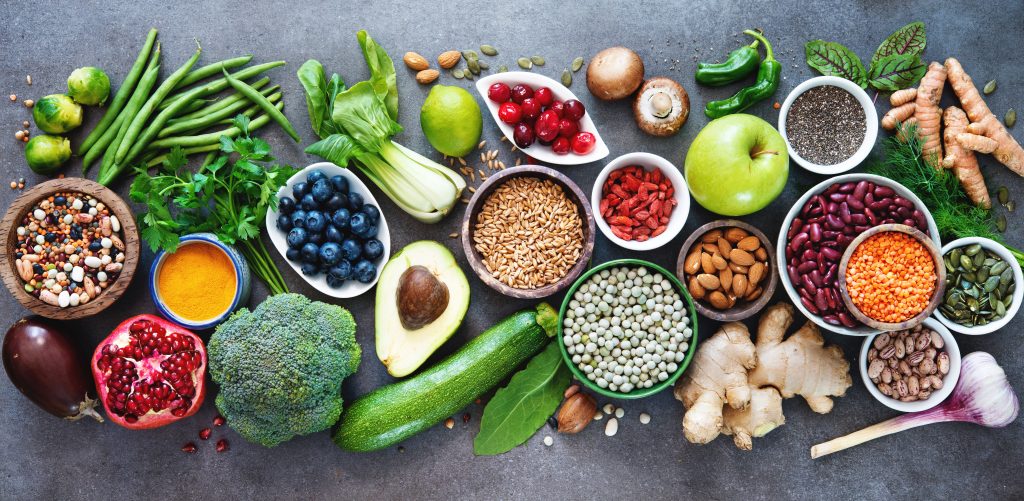
The 5 Common Threads of the World’s Healthiest Diets
1. Plant-Focused, Not Plant-Exclusive
Whether it’s lentils in Sardinia or sweet potatoes in Okinawa, vegetables and legumes take center stage.
But here’s the key: these diets aren’t necessarily vegan. They’re plant-forward, with small portions of fish, dairy, or meat used more like a side dish or seasoning than the main event.
2. Whole, Minimally Processed Foods
Refined sugar, seed oils, and ultra-processed snacks are rare in these communities. Instead, the focus is on:
- Seasonal produce
- Whole grains (barley, brown rice, sourdough)
- Fermented foods (miso, yogurt, sauerkraut)
- Natural fats (olive oil, nuts, seeds)
3. Natural Eating Rhythms
Most Blue Zone communities eat light at night and focus on their biggest meal around midday. Snacking is rare.
Okinawans even have a phrase: “Hara hachi bu” — eat until you’re 80% full. This has helped me become more mindful of how much I eat and why.
4. Food Is Community
Meals are shared. Cooked slowly. Eaten with gratitude.
This may sound soft, but it matters: how you eat is just as important as what you eat. Connection, joy, and presence at meals have real health benefits — lower cortisol, better digestion, and fewer cravings.
5. Local Adaptation & Simplicity
What grows near you, what your ancestors ate, and how your body responds to food all matter.
In short: these diets are culturally relevant, nutrient-dense, and intuitive — not trend-driven.
Read About: Why I Eat 3 Eggs Every Day—and You Probably Should Too
So… What Do I Eat Now?
After years of trying extreme diets (keto headaches, raw food fatigue, elimination diets that went too far), I’ve created my own version of “what works,” inspired by the healthiest people on Earth. I realized that lasting progress only happened when I focused on cultivating healthy eating habits rather than chasing rigid rules.
Here’s my basic blueprint:
- Mornings: Greek yogurt or cottage cheese with berries, chia, flax, and cinnamon
- Lunch: Lentil or bean-based bowl with greens, roasted veggies, and olive oil
- Dinner: Baked fish or eggs with sautéed greens and roasted sweet potatoes
- Snacks: Nuts, fermented pickles, dark chocolate, or a piece of fruit
- Drinks: Water, herbal teas, the occasional red wine or matcha
- Supplements: Magnesium, omega-3s, and probiotics when needed
I keep it simple, seasonal, and satisfying.
And most importantly — I stay flexible. Life happens. Food should bring nourishment and joy, not stress and guilt.
What Is the Biggest Lesson I’ve Learned About Healthy Eating?
If you’re searching for the healthiest diet, stop looking for a single label. Instead, look for these questions:
- Does this food nourish my body and brain?
- Does it come from the earth, not a lab?
- Will it give me energy or take it away?
- Can I keep eating like this for the next 20 years?
If the answer is yes, you’re probably on the right track.
Some Thoughts
At Ravoke, we believe real wellness comes from intentional living, not food rules. That’s why we encourage people to build healthy eating habits that feel intuitive and sustainable, rather than restrictive.
And as someone who’s been on just about every health trend out there, I can tell you this: the healthiest diet in the world isn’t about macros or labels. In fact, what many people call the “healthiest diet in the world” is really just a way of eating that supports long-term vitality without overcomplicating food. It’s about balance, connection, and sustainability.
It’s not a plan you start on Monday and abandon by Friday.
It’s the food you return to — when you want to feel good, live long, and stay present in your life. With warmth and wisdom from my plate to yours,


